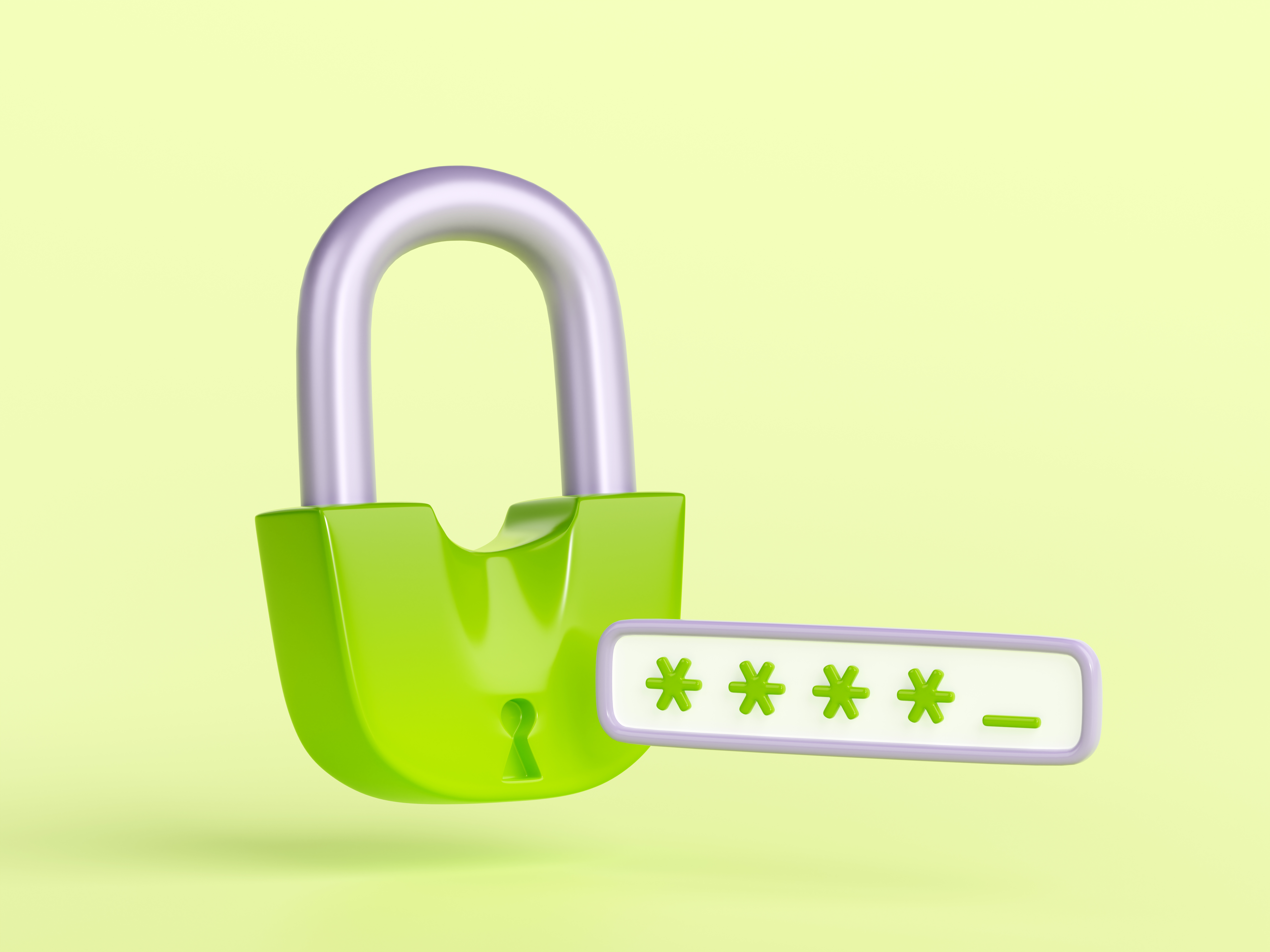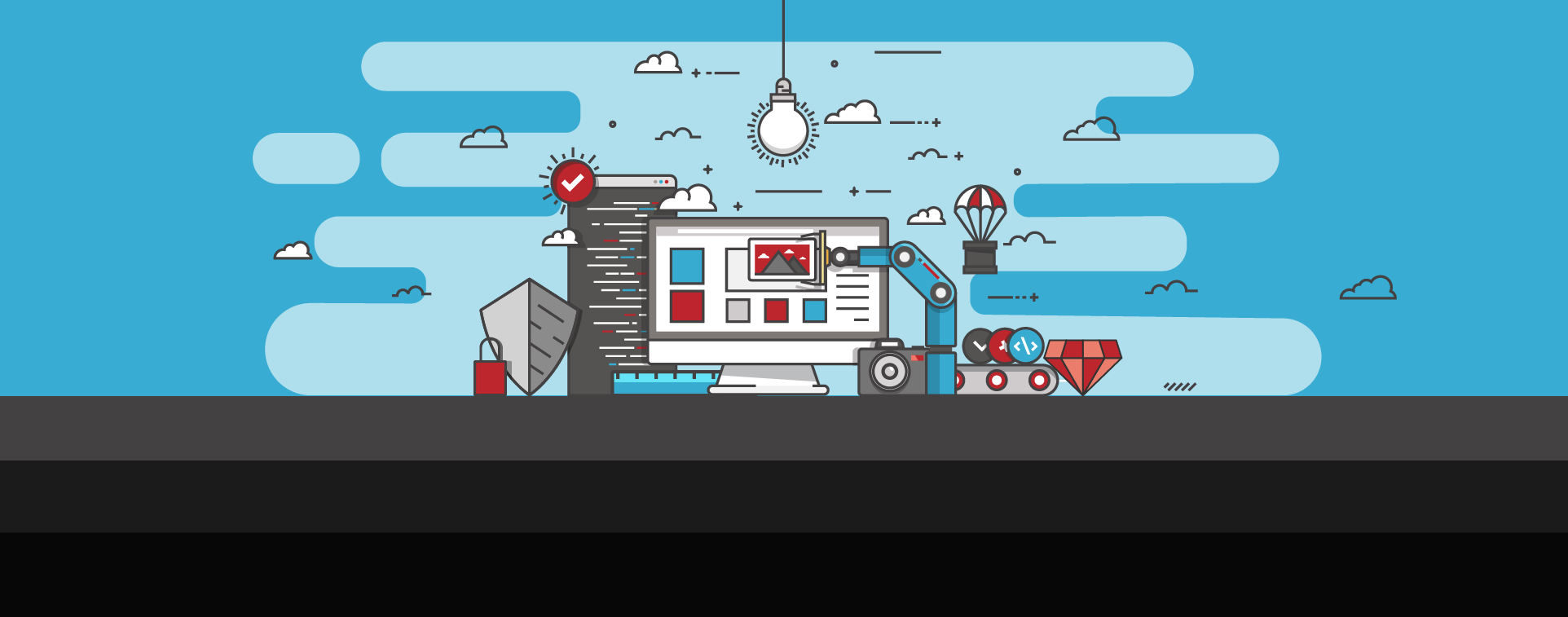
What Is Website Hardening and How Can It Safeguard Your Site?
Website security is something businesses cannot afford to ignore. Without the right protective measures in place, websites can be vulnerable to a wide range of security risks, including data breaches, unauthorized access, brute force attacks, and a long list of other costly vulnerabilities.
Thankfully, website hardening can go a long way when it comes to ensuring your website never falls victim to these security threats. With an ongoing, proactive approach to cybersecurity and website hardening, you can make your site a much more difficult target for hackers and, in a proactive approach, prevent attacks before they happen.
In this guide to website security hardening, we'll go over what website hardening is, how the process works, and the key strategies you can use to keep your site secure.
What does website hardening mean?
Simply put, website hardening is the process of securing a website by eliminating weak points that attackers could exploit. Rather than relying on default configurations and hoping for the best, hardening takes a broader, more proactive approach to keeping a website secure.
By shoring up vulnerabilities via website hardening, you can reduce your site's attack surface and make it far less vulnerable to damage from attacks such as malware and data breaches that can cause significant damage. As for exactly what website hardening looks like, we'll get into the specific best practices to follow in a later section. For now, though, it’s worth mentioning that website hardening can vary depending on the CMS you are using. Hardening a WordPress website, for example, will require a slightly different approach than one hosted on a different CMS like Joomla or Drupal.
Core areas of website hardening
Website hardening covers multiple technical layers, from the server to the frontend, to create a comprehensive approach to cybersecurity. As you go about hardening your site, here are the core areas to focus on and the hardening techniques to use for each one:
Web server security
A compromised web server gives hackers access to everything that is hosted on it, making it one of the most critical areas to harden. Here are a few effective ways you can make the backbone of your website more secure:
Configure your web server securely (e.g., Apache or Nginx settings).
Disable unused services or modules to reduce potential entry points.
Use IP filtering and firewalls to restrict access.
Keep your operating system and server software updated with security patches.
Application-level security (CMS, custom-built sites)
The application layer is where users interact with your site, making it a common target for attacks. Hardening this layer protects your CMS or custom-built site against unauthorized access and helps ensure that all plugins, modules, and login systems are secure. Here are a few ways to harden application-level security on your site:
Enforce strong password policies for all users.
Enable two-factor authentication (2FA).
Limit login attempts and monitor failed logins to prevent brute-force attacks.
Validate and sanitize all user input to prevent SQL injection and cross-site scripting (XSS).
Disable unnecessary features or plugins.
Database hardening
From user data to application content, a website's database stores a lot of sensitive information, which means it is often a prime target for attackers. Hardening the database reduces the risk of data theft and helps prevent common attacks like SQL injection. Here are a few effective ways to make your site's database more secure:
Limit database user permissions to only what’s necessary.
Use secure database connections.
Back up databases regularly and test the restore process.
Protect against SQL injection attacks with input validation and parameterized queries.
File system and access control
The file system contains your website’s code and assets. If it is compromised, attackers can alter its contents or inject malicious code. Here are several ways to harden access to your file system:
Set proper file and directory permissions to avoid unauthorized changes.
Use secure transfer protocols like SFTP or SSH instead of FTP.
Disable directory listing to hide file structures.
Harden configuration files such as .htaccess, where applicable.
Network security and traffic filtering
Your website’s network layer is the first line of defense, and hardening it will help filter out malicious traffic before it can reach your server or application. Here's how to strengthen network security and ensure you're able to block potentially dangerous traffic:
Use a Web Application Firewall (WAF) to block malicious traffic.
Implement DDoS protection to maintain site availability during attacks.
Restrict admin or backend access by IP when possible to reduce exposure.
Front-end and browser-side protections
The frontend is where your site meets the user, which often makes it a target for attacks that exploit browsers and client-side vulnerabilities. Here's how to harden it and prevent these attacks:
Use HTTPS and a valid SSL certificate to secure data transmission.
Set secure HTTP headers such as Content Security Policy (CSP) and HTTP Strict Transport Security (HSTS).
Prevent clickjacking and other frontend attacks with proper header configurations.
Best practices for ongoing website hardening
Website hardening isn't a one-time process. Since threats are constantly evolving, keeping your site secure requires an ongoing, proactive approach. Follow these best practices for ongoing website hardening, and you can ensure that your site is secure now and in the future:
Keep all software and plugins up to date.
Run regular vulnerability scans and security audits.
Monitor access logs and failed login attempts.
Limit admin accounts and audit user permissions regularly.
Remove outdated or unused plugins and themes.
Avoid default settings that attackers can easily guess.
Secure and test your backups frequently.
Stay informed about emerging vulnerabilities and threats.
Use automation to maintain consistency and reduce human error.
Common threats website hardening helps prevent
Since thorough website hardening strengthens every core area of website security, it helps prevent almost all security threats. This includes common, often devastating threats such as:
Malware infections: Hardening your site helps eliminate vulnerabilities that allow attackers to inject malicious code like malware.
Brute-force login attacks: Strong authentication measures like 2FA and login attempt limits make it significantly harder for attackers to guess passwords using brute-force login attacks.
SQL injection and XSS: Hardening the application layer will block attackers from exploiting database queries or injecting malicious scripts, helping prevent attacks like SQL injection and cross-site scripting (XSS).
Bot traffic and spam: Using firewalls and traffic filtering helps block automated bots that scrape content, flood forms, or attempt attacks.
DDoS attacks: Network-level protections like DDoS mitigation and a WAF will help keep your site online during a DDoS attack.
How to check your current hardening level
If you're going to strengthen your website's security, it's important to know where you are starting. To check your site's current hardening level, start by reviewing user accounts and access logs to check for suspicious activity. Next, audit software versions and patch status to ensure all applications on your site are up to date. You'll then want to check your server configurations and file permissions, and make sure everything is configured correctly for optimum security.
Another effective way to check the current status of your site's security is to use automated tools such as SiteLock's vulnerability scanners. These tools will allow you to easily pinpoint security vulnerabilities that hackers could potentially target, so you know where to focus your hardening efforts.
Secure your site with SiteLock
No matter what platform you use, website hardening is crucial for keeping your site secure. Fortunately, SiteLock makes it easy to harden all layers of website security with an all-in-one cybersecurity solution that includes an arsenal of powerful security tools and services.
With SiteLock, you get features like malware scanning, a WAF, and automated patching—all in a single user-friendly solution.
Ready to start hardening your website with SiteLock? Start with a free security scan or explore SiteLock’s solutions.





